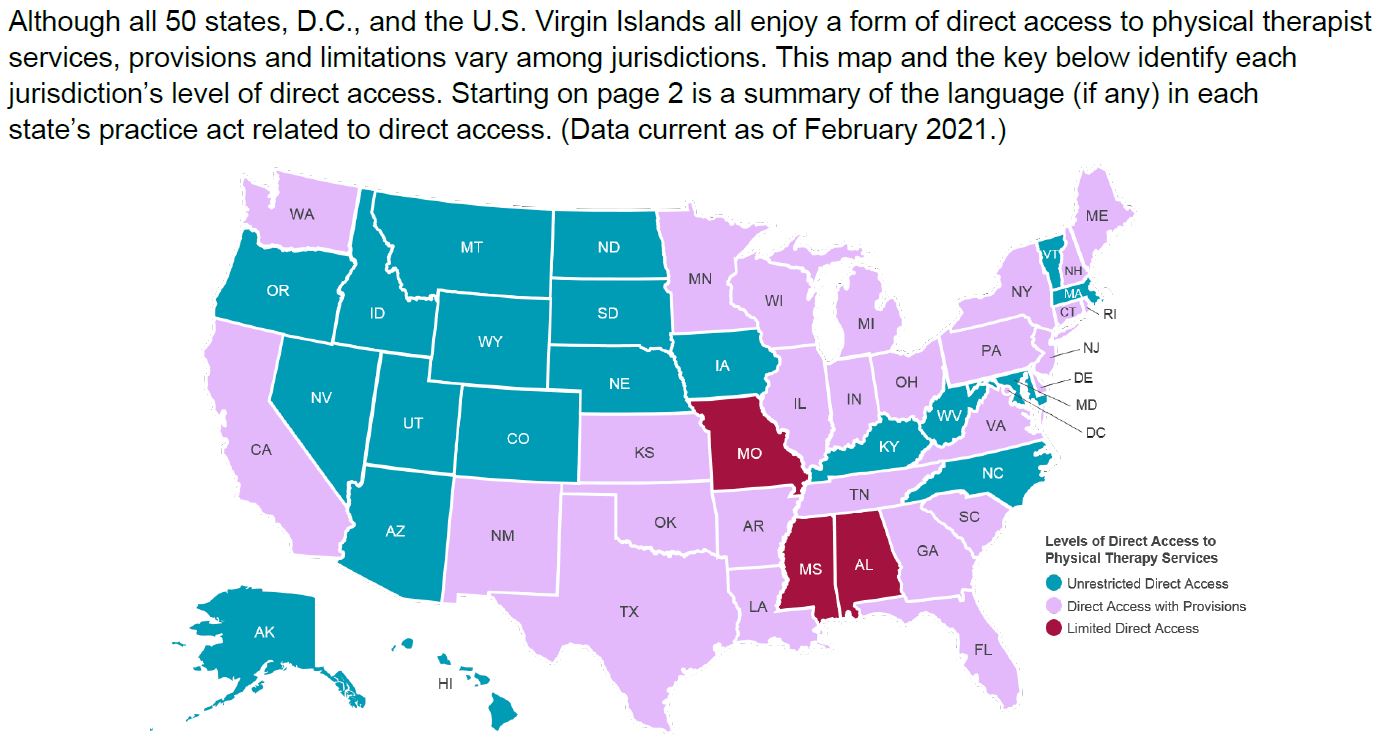by Irina Stiasny, PT, DPT
October, 2013
Running is one of the most widespread activities during which overuse injuries of the lower extremities occur. Studies estimated 27% to 70% of recreational and competitive distance runners sustain an overuse injury during a 1 year period. According to research by R N van Gent1, injury incidence in long distance running are the following: knee 7.2-50%, lower leg 9-32.2%, foot 5.7-39.3%, ankle 3.9 -16.6%, hip/pelvis 3.3-11.5%. Another common site is the foot, diagnoses such as plantar fasciitis, Achilles tendinitis and medial tibial stress syndrome, or shin splints, account for 40% of the injuries.
Common dysfunctions found in many runners with knee injuries are weak hips and poor core stability. Weak hip abductors and tight hip flexors are seen in association with anterior knee pain and chondromalacia (Kibler). 2
Iliotibial Band Syndrome (ITBS), Patelofemoral Pain Syndrome (PFPS), plantar fasciitis, Achilles tendinitis, and shin splints are all common lower extremity injuries.
ITB Syndrome
Iliotibial Band Syndrome (ITBS) is one of the most common overuse injuries among runners. It occurs when the iliotibial band, the band that runs down the outside of the thigh from the hip to the shin, is tight or irritated. The IT band attaches to the knee and helps stabilize and move the joint. When the ITB is irritated running is very painful. Common symptoms with ITBS include swelling and pain along the outside the knee- worsened with repeated lower extremity use. Most runners mistake ITBS with serious knee injuries. According to research by Fredericson et al, ITBS confirmed by the presence of local tenderness over the lateral epicondyle, reproducible pain with flexion and extension of the knee while exerting pressure over the lateral femoral condyle with maximal pain at about 30 degrees of the knee flexion. 3
Immediate treatment should include addressing the following:
- Rest if you feel any pain in the knee or decrease mileage immediately.
- Warm up before you run by walking half of a mile.
- Make sure your shoes are not too old. Typically replace shoes every 300-500 miles.
- Run on a trail or softer surfaces vs. concrete to decrease impact.
Physical therapy can help identify limitations and help create a plan for prevention of further dysfunction.
Areas of interest may include:
- Stretching
- Dynamic strengthening
- Agility training
- Identification of irregular running patterns
Patelofemoral Pain Syndrome
Patelofemoral pain syndrome involves anterior knee pain and is very common in runners. Patelofemoral pain syndrome may be caused by overuse, a traumatic injury, or a kneecap (patella) that is not properly aligned or has structural changes. Activities such as bending the knees, squatting, jumping or using stairs (especially down stairs) may be very painful. Pain and swelling are common in acute cases and can limit all motions of the knee and daily activities.
Immediate treatment includes:
- NSAIDs (Non-steroidal anti-inflammatory drugs)
- Ice and rest
Prevention of further dysfunction:
- Proper flexibility of the quadriceps
- Hip strength
- Foot/Ankle stability
Plantar Fasciitis
Plantar fasciitis is inflammation of the thick tissue on the bottom of the foot. This tissue is called the plantar fascia. It connects the heel bone (calcaneus) to the toes and creates the arch of the foot. Plantar fasciitis occurs when the plantar fascia overstretches or with overuse; this can be very painful. If you have a foot arch dysfunction, long-distance running, especially running downhill or on uneven surfaces, sudden weight gain or obesity, tight Achilles tendons, shoes with poor arch support or soft soles may lead to plantar fasciitis. The most common complaint is pain and stiffness in the bottom of the heel. Occasionally, patients describe an ache and burn in the bottom of foot. The pain is usually worse in the morning with first steps, after prolonged standing, https://medfitnetwork.org/public/ambien-zolpidem-info/ walking or any intense activity.
Treatment and prevention may include:
- Use of ice and/or NSAIDs for inflammation control
- Stretching of the calf, foot, and ankle
- Strength and stability of the foot and ankle
- Night splints to stretch the foot while sleeping
- Wearing shoes proper good arch support and cushions.
- Orthotics for arch support
Achilles Tendinitis
The Achilles tendon is the connection between the calf muscle and the heel on the back of the lower leg. Achilles tendinitis is characterized by dull or sharp pain along the tendon, but normally is felt closer to the heel. Typically, there is stiffness in the morning in the involved ankle and calf muscle. Some causes of Achilles tendinitis is excessive hill running or speed workouts, increasing mileage too quickly or over training. The Achilles tendon weakens with age, which can make people more susceptible to injury, particularly with “weekend warriors”.
Treatment and prevention may include:
- Gradually increase training to minimize overuse
- Daily stretching
- Increase strength of calf muscles to help the Achilles tendon withstand the stresses of sport activities
- Cross training: Alternate between high impacts activities such as running and jumping with low impact activities such as swimming and cycling.
Medial Tibial Stress Syndrome (MTSS)/Shin Splints
Shin splints or medial tibial stress syndrome refers to pain along or behind the shinbone (tibia). Shin splints are typically caused by increased stress on the shinbone and connective tissue around it. Runners are the most likely to suffer from shin splints. Common symptoms of MTSS are tenderness, soreness, or pain along inner lower leg and mild swelling of the lower leg. Common causes of shin splints are poor dynamic stability of the lower extremity, running downhill, running in old shoes or participation in activities such as tennis and basketball that require sudden acceleration and deceleration which causes stress on the tibia.
Treatment and prevention may include:
- Rest from all aggravating activities.
- Ice and elevation of the leg in order to reduce swelling
- Proper shoe wear
- Arch support (orthotic)
- Cross training to challenge the lower extremities
- Identification of weaknesses of the lower extremities and implementing appropriate exercise routines.
Physical therapy is a great source for identifying and treating impairments of lower extremities. A trained physical therapist can identify the source of pain and dysfunction and help restore proper running mechanics. They can also assist to provide individualized exercise plans to address all dysfunctions to allow runners to return to running pain free and safely. BreakThrough Physical Therapy provides running video analysis which can be a great tool to analyze dysfunctions and help individualize treatments and exercise programs. BreakThrough Physical Therapy aims to help you get back on track and on trails to train for your favorite race.
Irina Stiasny, PT, DPT has been an avid runner since 2005. She has run over 20 half marathons and 4 full marathons. She has been practicing physical therapy since 2008 and coaching Monta Vista High School cross country/track and field since August 2012.
Bibliography:
1. Gent, R.,Siem, D., Middelkoop, M , Os, A., Bierma –Zeinstra, S., Koes, B. ( 2007) B J Sports Md; 41:469-480
2. Kibler, B., Press, J., Sciascia., A. ( 2006). The Role of Core Stability in Athletic Population. Sport Med, 36(3),189-198
3. Fredericson, M., Moore, T. (2005). Muscular Balance, Core Stability, and Injury Prevention of Middle and Long-Distance Runners. Physical Medicine and Rehabilitation Clinics of North America 16, 669-689.
4. Ferber, R., Hreljac, A., Kendall, K.(2009) Suspected Mechanisms in the Cause of Overuse Running Injuries: A Clinical Review. vol 1, number 3.242-246.
5. http://mayoclinic.com/health/shin-splints
6. http://mayoclinic.com/health/Achilles–tendinitis



